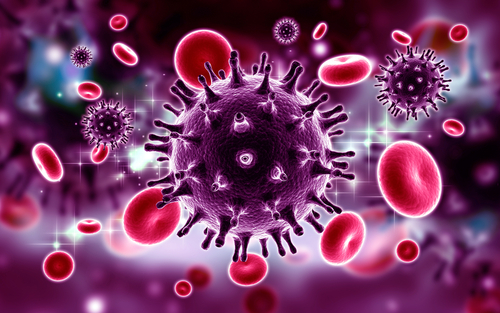Decoded: How HIV evades immune system
IANS Apr 18, 2018
Scientists have discovered how HIV virus avoids elimination from the immune system, a finding which could pave the way for the cure for over 40 million people infected worldwide.

Currently, HIV can be treated with anti-retroviral therapy, which merely prevents its progression to AIDS, but does not offer the cure. The researchers found that HIV virus blocks a pathway and thus avoids the immune response that is designed to cure the viral infection. "Our new revelation sheds new light on how HIV avoids elimination, which, in turn, may explain why HIV is still not a curable disease," said Nigel Stevenson, Assistant Professor in Immunology at Trinity College Dublin.
"We feel this discovery could mark a paradigm shift in our understanding of how this virus evades our immune response. It should open the door to a new era of HIV research aiming to cure and eradicate this deadly virus," Stevenson added, in a paper published in the journal EBioMedicine. During any viral infection, our immune system produces a powerful molecule called as interferon, which "interferes" with the infection and the replication of viruses.
Interferon activates an assembly line of molecules in our cells -- via the Interferon signalling pathway -- which causes the body to make antivirals that help to clear the infection. But HIV somehow blocks the Interferon signalling pathway. Thus, when patients are being treated with anti-retroviral therapy, HIV is not fully cleared by our immune system, the researchers found.
"We discovered that HIV promotes the destruction of the anti-viral Interferon signalling pathway. Essentially, HIV uses the machinery in our own cells to do this, and the virus is thus able to reduce the production of many important anti-viral molecules," said Stevenson. "Without these anti-viral molecules, our immune system can't clear viral infections," he noted.
-
Exclusive Write-ups & Webinars by KOLs
-
Daily Quiz by specialty
-
Paid Market Research Surveys
-
Case discussions, News & Journals' summaries
